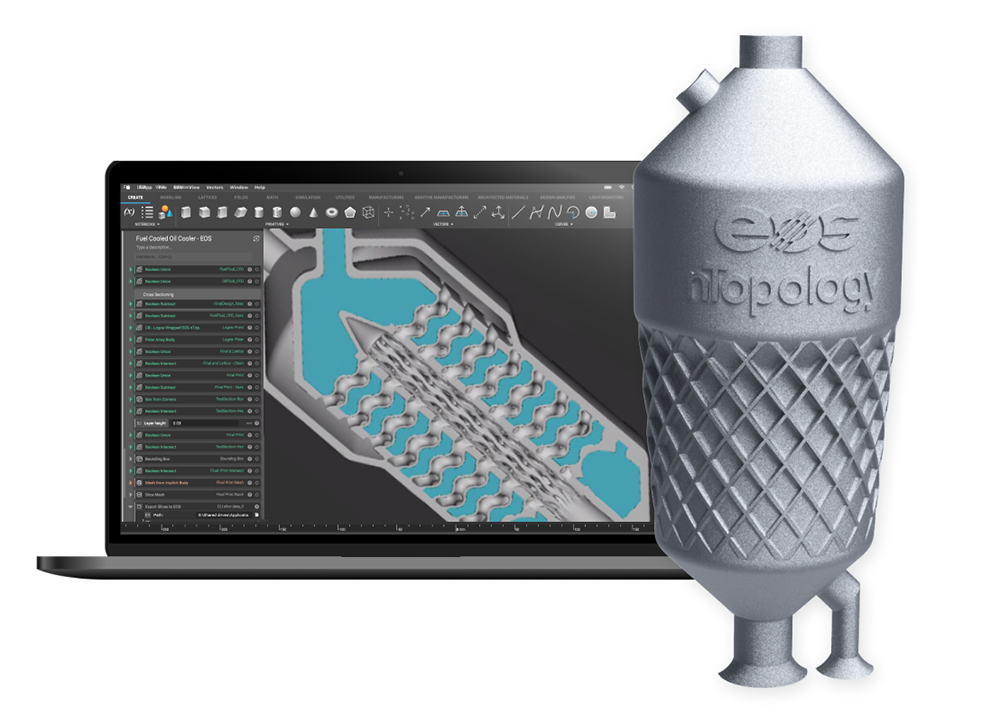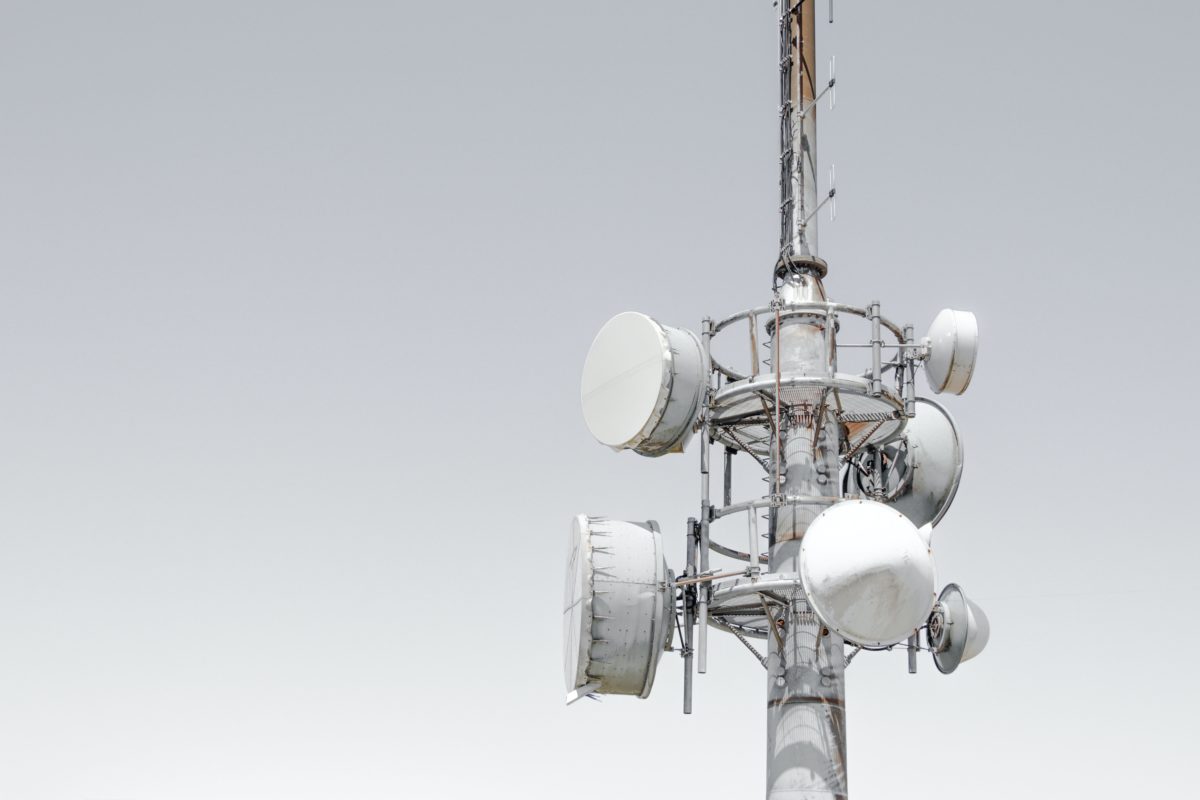Industry 4.0 is basically the fourth industrial revolution, and regardless of whether you’re running a small business or a large enterprise, your operations are affected by it. The only questions are to what extent and how well you’re taking advantage of the tools and opportunities that Industry 4.0 offers. Each industrial revolution has seen new technology greatly impact the manufacturing process. The original revolution ushered in steam power, the second industrial revolution saw the widespread adoption of electricity, railroads, and standardization in manufacturing (like assembly lines), and the third was the digital revolution leading to the rise of computers and, eventually, the internet.
A basic breakdown of industry 4.0 would say that it’s characterized by the ability for modern computers and digital devices to communicate with each other without human intervention. These days, practically everyone has mobile devices that communicate with their cars, mobile apps can be used to control various smart home technologies, and most people have Wi-Fi in their homes allowing multiple devices to communicate via a local network or even store and share data via cloud apps. These advancements are also heavily impacting the manufacturing process and businesses around the world. Here are just a few of the most important ways.
Open Connectivity

Many people are familiar with the concept of autonomous machines working in warehouses and on manufacturing floors. The use of robots in Amazon warehouses has been well-known for years, for example. They aren’t just good for packaging and placing items on conveyor belts, though. Modern models of bots can also be used to transport materials of all kinds around the manufacturing floor, and they can intelligently and safely complete all kinds of assembly tasks.
Thanks to the internet of things (IoT), mobile devices, smart wearables, and even robots can all be connected to a single intelligent system so that humans are freed up for more important tasks and don’t have to worry about the bots. Naturally, any bots used have to follow OSHA standards for occupational safety, but there’s a good chance that products you use every day were assembled, or even programmed, by bots. This open connectivity technology can be used in your home as well. Consider a personal cloud storage device like WD cloud drives. Unlike network-attached storage (NAS) devices, WD connects directly to your Wi-Fi, enabling you to back up and save all of your digital content in one location. In the future, open connectivity may even lead to the rise of the smart city and the widespread use of autonomous vehicles.
Machine Learning

Thanks to advanced computer algorithms based on concepts of deep learning, machines can essentially be taught to perform desired functions through supervised models or through unsupervised methods where the machine learns based on trial and error. Industry 4.0 applications include enabling cameras on the factory floor to recognize unusual activity and to detect unsafe conditions. This is great both for security and to ensure that workers are protected in case of malfunctions.
Robots on assembly lines can also have cameras installed, so they can accurately recognize parts and detect anomalies on the line. This greatly boosts efficiency and cuts down on producing defective products. Thanks to IoT connections, a centralized machine can even keep track of trucks and items in the supply chain, so supervisors can always find ways to improve production.
Master Data Management

With so many digital solutions connected these days, it’s important to have all the relevant data from them connected in one single source. Data is one of the most valuable assets for any manufacturing plant or business, but it’s only able to be monetized properly when it’s accurate and current. MDM solutions are built to ensure that an organization’s data is the best it can possibly be to inform good decision-making.
With an MDM system, all shared data from integrated solutions are automatically collected and updated in one central hub. There’s no need for employees to transfer data between disparate systems, a process that’s time-consuming and error-prone. MDM frees up employees, inherently boosts efficiency, and makes it easier for any organization to improve its business processes.
These are just a handful of ways that Industry 4.0 is shaking things up. As 5G becomes more widely adopted, there’s no doubt that even more advancements will surface.





